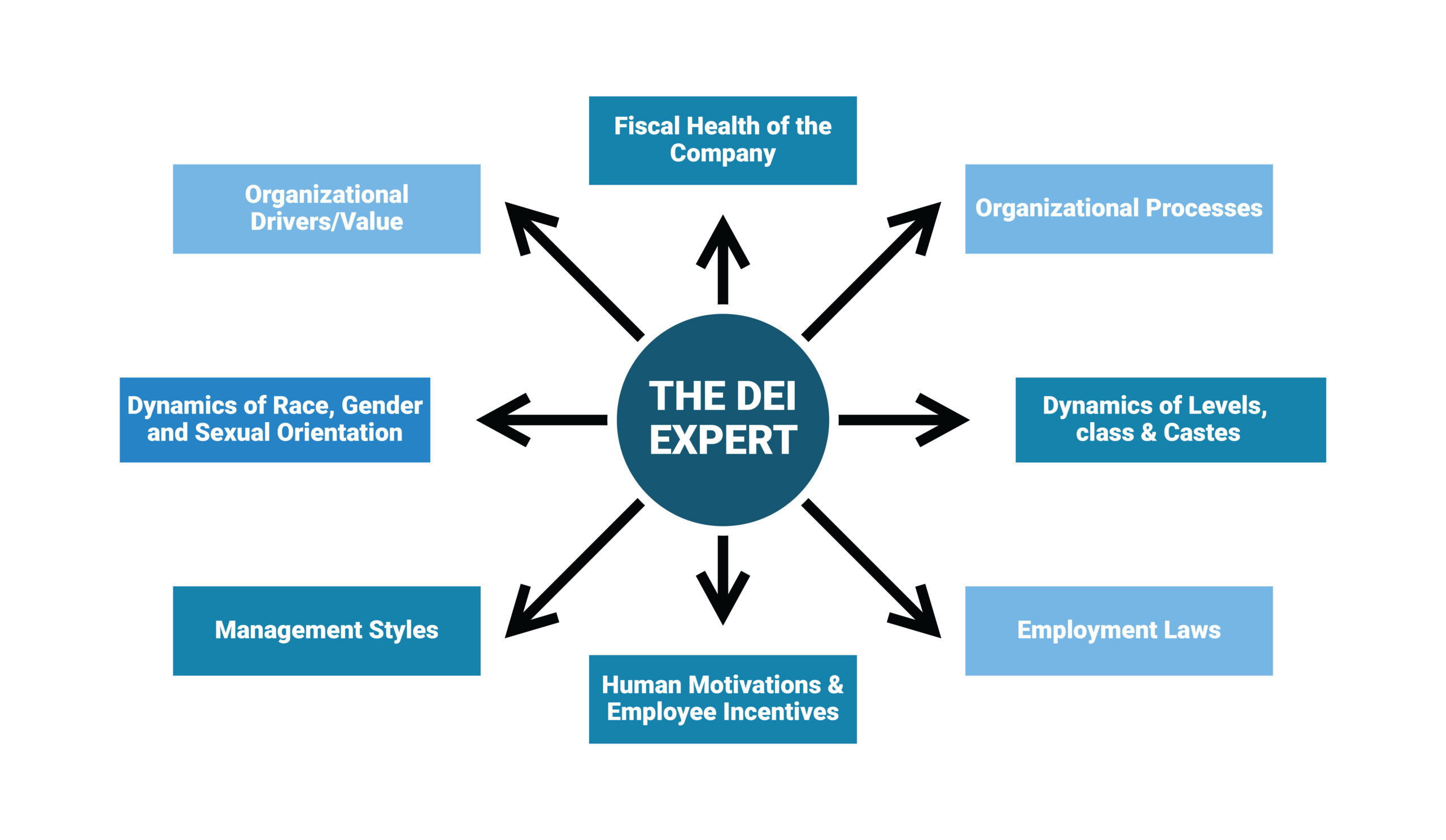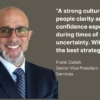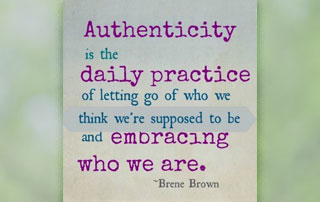
2020 ushered in a new era of organizational interest in diversity, equity, and inclusion.
Major American corporations that have long supported DEI work are looking again at their recruiting practices and promotion pipelines to ensure they are reflective of national demographics. In addition to hosting open dialogues with employees about the most compelling issues of the day, these organizations are increasing supplier diversity spend and philanthropic gifts, recognizing their roles as citizens of the communities in which they work and live.
Many small and mid-sized businesses are venturing for the first time into conversations about diversity and inclusion: Are our HR policies up to date? Do our leaders know the laws and do they uphold our company’s core value for equitable treatment? Is our environment welcoming to people of color and members of the LGBTQ community? What are others in our industry doing? What is the expected return on an investment toward greater diversity?
Any organization with substantial U.S. government contracts has long been required to collect representation data and analyze protected class statistics, but others are only now investing in the infrastructure needed to deliver on promises made during recent all-hands calls where CEOs publicly affirmed a commitment to “do more.”
With genuine intentions and constrained budgets, many companies are pulling from the ranks someone who has shown interest in the topic to lead the department of one. Well- regarded by the management team and eager for a new challenge, the appointee accepts the position and begins the research to learn the job responsibilities.
Good books, Google, and YouTube are invaluable resources to the new head of DEI, but they cannot advise on the nuanced maneuvers necessary to influence policy changes; nor can they make recommendations about which tasks to undertake based on business priorities, financial capability, company culture, and the risk-tolerance of the CHRO, General Counsel, and CEO.
Action or Impact – What is the mandate?
Once the topic of diversity has captured the attention of the senior team, they sometimes want things to happen fast. “Let’s get it done!”
But what is the “it”?
It’s easy enough to release a statement on the website or to sign a pledge of commitment, but with a universe of options and controversial choices, less experienced heads of DEI soon learn that missteps when creating and communicating the who, what, and why of an initiative can be more perilous than doing nothing at all.
A lunch-and-learn hosted by the most senior Latina professional who talks about her career journey is an activity that will stimulate excitement among colleagues…until there is no follow-through on installing the kind of talent development program she experienced with her previous employer – the one she says taught her the fundamentals of leadership. A Give-Back Day that allows each associate four hours to volunteer in the community each year is a good thing, but that will not fix the gender pay gap or (fix) the recruiting practices that now source talent at the same university each year. If these quick-action diversity projects are what leaders have in mind, they’d do better to assign the role to an event planner.
Business-centered inclusion efforts require a seasoned expert who can direct traffic at the cross- roads of organizational drivers and human motivations, management styles and organizational processes, fiscal considerations and employment law, the competing factions that insist the most daunting issue is that of class versus those who are convinced the mountain to climb is that of race equity.
Negotiating this 8-way intersection is not for the faint of heart. To support the new DEI manager, many companies wisely engage either a seasoned DEI Consultant or a DEI Coach to help “get it done”.
When focused on meaningful objectives, it is the role of DEI experts to help the head of DEI to:
- assess where the company is currently.
- detail what success can look like, factoring in short- and long-term business interests.
- co-develop with the senior team a strategy that pushes the envelope.
- build influential relationships with decision-makers and opinion leaders throughout the company and industry.
- understand how culture change happens and respond effectively to resistance.
- set up durable systems and accountabilities across departments.
DEI Consultant or Coach – Which do you need?
Certainly, support can happen as a hybrid of the two roles. Skill sets and hourly rates are the same, however a strictly consultative relationship is typically more expensive because of the level of involvement. Beyond budget, there are several considerations when deciding which DEI professional to engage.
The DEI Consultant
Think of the consultant as an embedded member of the team. This professional comes in to perform specific scheduled tasks, from designing and conducting a needs assessment to creating a strategic plan or setting up a mentoring program. The consultant, with an outsider’s perspective, is in position to study HR systems and caucus with high-level influencers, to gather a comprehensive understanding about the environment’s strengths and weaknesses, and to say what is true about the culture in ways that insiders are often hesitant to do.
The new head of DEI who contracts with an experienced consultant gains traction faster but must recognize that credibility is given to the person leading the room (or Zoom).
The DEI Coach
The coach supports the work from the sidelines, preparing the head of DEI to quarterback an executive-level briefing, create guidelines for establishing employee resource groups, or win approval for a scorecard to hold leaders accountable for targeted outcomes.
Coaching not only puts the DEI leader at the helm of the initiative, but over time that individual gains deep expertise (knowledge, skill, and experience), having worked weekly with the coach who educates and guides while the leader executes the plans in real-time. The downside is speed — it naturally takes a learner longer to get things done than having a seasoned person perform the tasks. A remedy here is to have several people or a team work with the coach so that several projects can be underway simultaneously and momentum is not lost.
Whether choosing to partner with a consultant or a coach, ensuring there is clarity of mission, clarity of roles, infrastructural support, and a healthy respect for the complexity of the assignment gets the new DEI leader’s job done in an impactful and sustainable way.
About MCG Partners
Verna Ford is Principal DEI Consultant with MCG’s DEI practice. MCG Partners is a leadership and talent optimization firm– aligning your business and people strategy for maximum results. MCG Partners a woman-owned consultancy and is also a Predictive Index® (PI®) certified partner. To learn more please contact Stephanie Holmgren at stephanie.holmgren@mcgpartners.com and at mcgpartners.com








